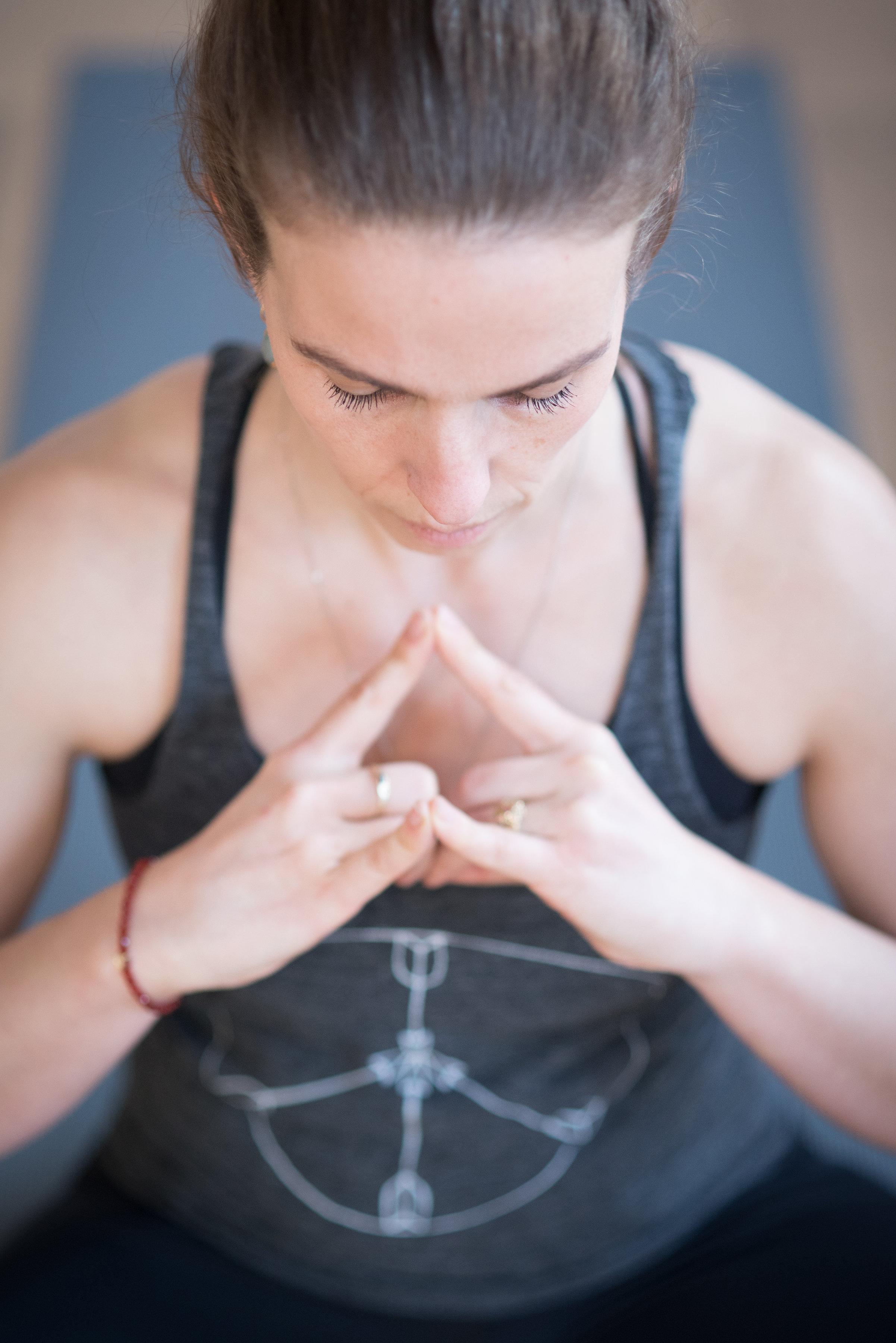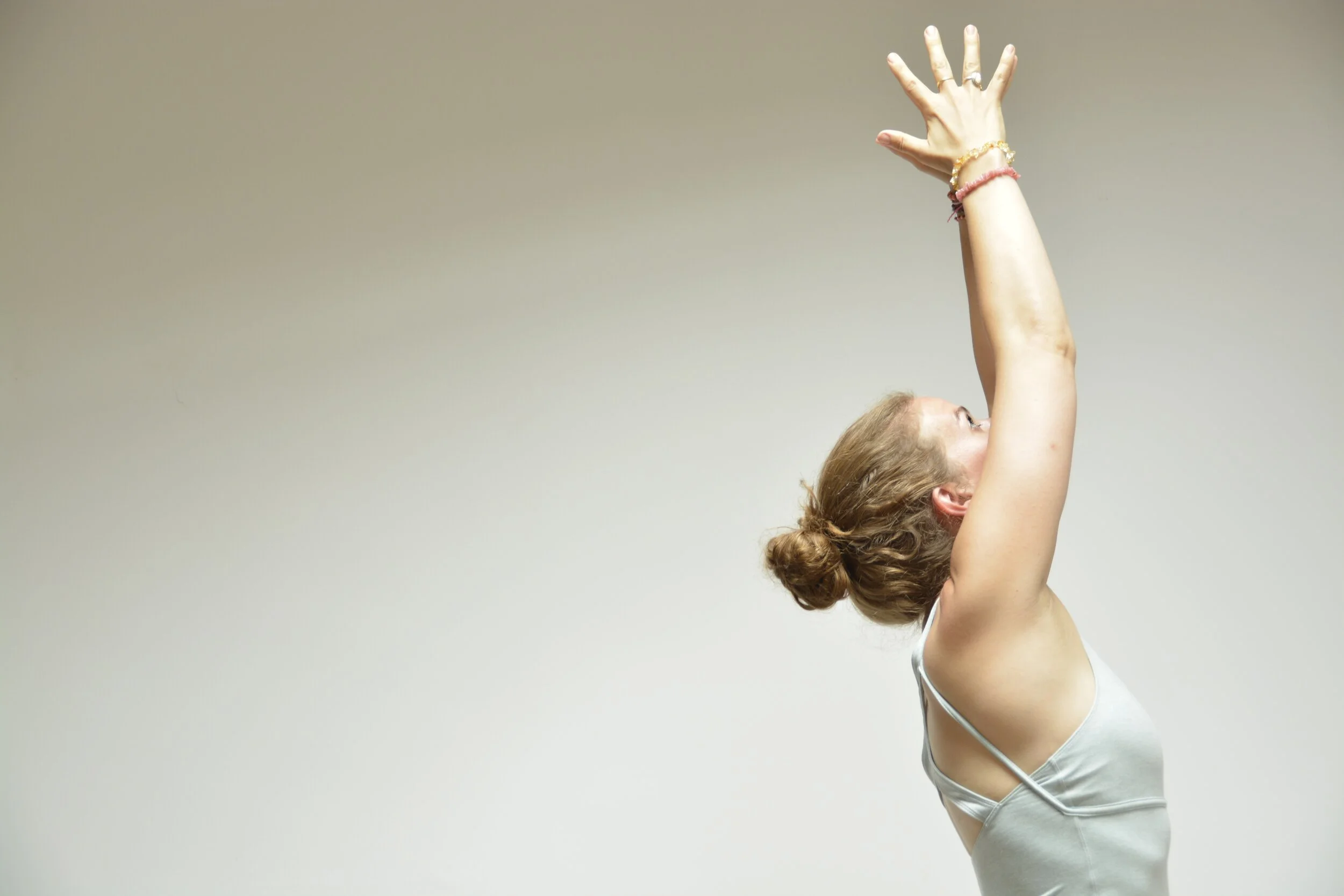
What is an intention?
As I begin writing my thoughts on setting an intention the sun is setting and I can see this straight through my bedroom window. I think about the day just gone and go back to how I started this morning. During my meditation this morning I felt strongly connected to my feet. I felt them positively heavy an steady. So my intention was to stay with that grounded feeling during the day. Did I manage? Most of the time yes, but sometimes my thoughts were a little unstable. But as I end this day I am back to that solid grounded feeling as the sun sinks into the earth.
As I begin writing my thoughts on setting an intention the sun is setting and I can see this straight through my bedroom window. I think about the day just gone and go back to how I started this morning. During my meditation this morning I felt strongly connected to my feet. I felt them positively heavy and steady. So my intention was to stay with that grounded feeling during the day. Did I manage? Most of the time yes, but sometimes my thoughts were a little unstable. But as I end this day I am back to that solid grounded feeling as the sun sinks into the earth.
The definition of an intention is:
An intention is an idea that you plan (or intend) to carry out. If you mean something, it's an intention. Your goal, purpose, or aim is your intention. It's something you mean to do, whether you pull it off or not.
I try and enter every yoga practice, every meditation with an intention. To help me stay focused. I may or may not be able to hold onto this during every practice. But it for sure is an extremely helpful tool if I feel myself drift to shopping lists, the list of things to do, the thoughts I may have about my children or expectations, and judgments I have of myself.
Setting an intention for the day or for a practice can be quite simple and doesn’t require a lot of thinking. Sometimes I can find myself feeling too distracted with rushing around, to be everywhere on time. My intention might then perhaps be, just to take half an hour where I sit down to catch my breath. Also, sometimes when I start my yoga practice I can simply connect to my breath and to be aware of the breath in each movement.
An intention is a gathering of energy towards a personal goal, or it’s the drawing of a map of where you wish to go. Intentions give you a good framework in where you can build. Yet you have to let go of the expectations of how you will get there. It’s not to be confused with a goal, it something that you align yourself with. You should feel like you can proudly commit to this.
It always takes place in the present moment. Let it always come from your heart. When it truly comes from your heart it allows you to connect to it smoothly. Authentic connections cannot be forced, they just seamlessly flow and they are always positive.
The image of an arrow leaving its bow has been used by other yoga teachers and it is a powerful vision. The arrow might not always land where you want it to. As there are always winds, rain, or other obstacles that can cross the arrow’s path. But it’s the aiming, it’s the journey that keeps us in the present moment, and from those present moments, we can only grow. The growth is the magical part.
“Intentions compressed into words enfold magical power.”
~Deepak Chopra
A journey to Yin Yoga by Sarah Alice Lee
Everybody’s journey to the yoga mat is different, as is the experience of the practice of yoga itself. Whether you like the physical aspects of strength building and stretching or the spiritual connection to yourself that it may induce, we all have our own story to tell.
Everybody’s journey to the yoga mat is different, as is the experience of the practice of yoga itself. Whether you like the physical aspects of strength building and stretching or the spiritual connection to yourself that it may induce, we all have our own story to tell.
My Journey to Yin Yoga was fraught with an internal battle. I liked to sweat, I liked to move and create fire in my body even when it came to Yoga. I used to be such an exercise addict, craving that sweet serotonin release that comes with a good workout. I was that person who would never sit still. So, the idea of walking into a dimly lit room with relaxing music and for a meditative practice involving sitting still in poses for three to five minutes seemed like the wrong avenue for a hyper gal like me. Then I lived through the Christchurch Earthquakes of 2010 and 2011 and everything changed. The big quakes in themselves were quite the experience but it was the thousands of aftershocks that took their toll on the body. To have constantly raised levels of adrenalin, always in that fight or flight mode, resulted in toxic levels of the stress hormone cortisol in my tissues. My physical health and mental health declined rapidly. No amount of running or consumption of wine seemed to achieve a state of relaxation or equilibrium in my body that I was so desperately needing. It felt like I was surviving rather than living. Desperate to find some reprieve I let go of my assumptions of Yin and stepped on to my mat. I finally listened to my body and I understood that I needed to go deeper. Rather than keeping busy, trying to sweep my emotions and stresses under the rug in order to get through each day, I gave myself permission to be still, to stop running, stop with the distractions, stop the numbing and allow myself to feel, truly connected to me. But perhaps I’m getting ahead of myself with my story and should explain what Yin is.
There is Yin energy and its opposite Yang energy in everything, from the elements of fire and water to the expression of moods such as ecstasy and sobriety. It refers to the balance in life originating from the teachings of Chinese Daoism. Yoga adopted the application of Yin and Yang energies. Yang yoga such as Hatha and Vinyasa draws heat into the body through the exercising of the muscles. Yin is a cooling practice that accesses the joints, tendons, ligaments, and deep fascial networks (the connective tissues of the body), and even the bones stressing them passively to achieve a deep stretch in the body.
On a physical level, the practice of holding Yin poses allows increased circulation to the joints allowing oxygen to get deep into the connective tissues which heals, rejuvenates, and energises the body, as well as achieves an improved level of flexibility. If you are looking to compliment your hot yoga practice by inviting more openness into the body you will love this practice.
But there is more to Yin than just a good stretch. It is improving the connection you have to your body on a deeper platform that can be challenging to articulate. When you sit in deep sensation during a pose and you find that edge where you are no longer in your comfort zone and suddenly your breath becomes the only important focus, you find yourself fully present in the moment. No thoughts of yesterday, projections of the future, those busy thoughts that occupy our minds from the moment we wake up to when we go to sleep and even then, our subconscious has a way of allowing our worries to penetrate our dreams. In these moments of sensation through postures, the awareness of the body takes over and you can find that blissful disconnection from everything else and a reconnection to the true you.
There is also the release of the “issues in the tissues” and this is where my story ties in. The tissues of the body store our emotions. Every thought you have leads to a physical reaction of the body. You have a fright and the body releases adrenalin, you become stressed and there is that cortisol. Our bodies are very clever things, the body seeks to achieve balance (hello Yin and Yang) so if the Sympathetic Nervous System is in control (fight or flight– Yang) the Para-sympathetic Nervous System kicks in to act as the counterbalance (rest and digest - Yin). But when one system is in use more than the other the body struggles to regain the balance. The practice of Yin addresses this imbalance, enabling the release of toxins and hormones to be processed rather than being stored in the body. Of course, the science goes so much deeper than this, and yes, I totally geek out on reading about what happens on a cellular level but I won’t elaborate on that for now.
The message I’m trying to share is that Yin really did save me when I really needed it and has shaped my lifestyle choices since. Whether you are looking to manage your stress levels, find reprieve from a busy schedule and find some you time, have an emotional release or maybe you just want to condition your body to find a more open Dancers Pose. Whatever your journey may be, you are welcome to the mat. A safe space, a non-judgemental practice where you allow your breath and body to guide you to a depth that suits you.
Sarah Alice will be leading a Yin Yoga Workshop on Sunday 21st of May 2017 from 12.00-14.00.
Note from Sarah: What is Vinyasa Flow Yoga?
This practice is rooted in how you synchronise your breathing with flowing movement. The ultimate benefit is that you will arrive at a harmonious, balanced, and mindful state.
This time I want to talk about the benefits of Vinysasa Flow Yoga.
This practice is rooted in how you synchronise your breathing with flowing movement. The ultimate benefit is that you will arrive at a harmonious, balanced and mindful state.
This particular style of Yoga practice is my passion. It has taken me beyond what I thought was possible for me. It has given me more energy and freedom of movement. This has given me the tools to be able to truly listen to my body and my state of mind, so that I find myself more present on the mat when I am teaching.
For me the most important benefit of this practise is arriving in a flow state.
I recently had an experience, where I arrived to teach feeling extremely nauseous but was able to quickly zone in on my body, focus on my breathing and came to a stillness and I was able to not feel nauseous any more.
You can apply this to your own practice, if you are feeling stressed, worried, anxious or overwhelmed, then a Vinyasa flow practice can mindfully alleviate and reduce the impact of these emotions leaving you feeling more relaxed, at ease and of course in “the flow state”.






